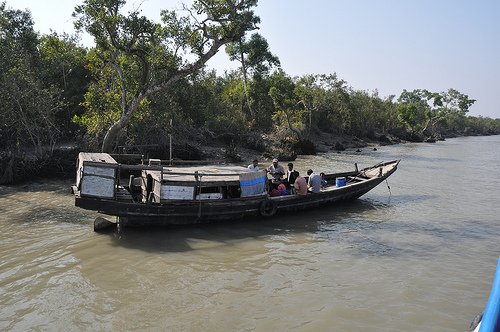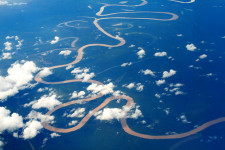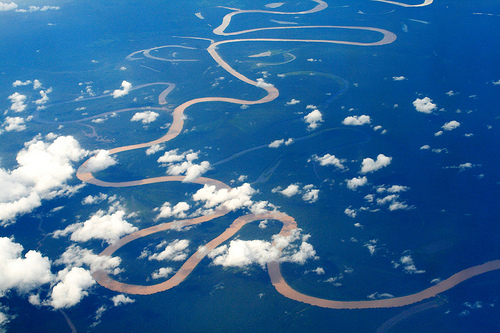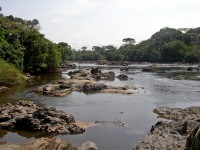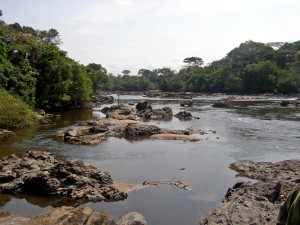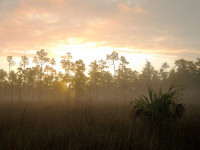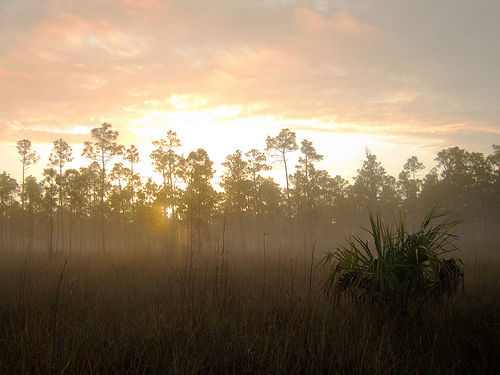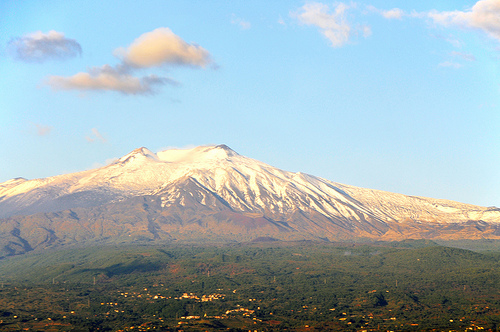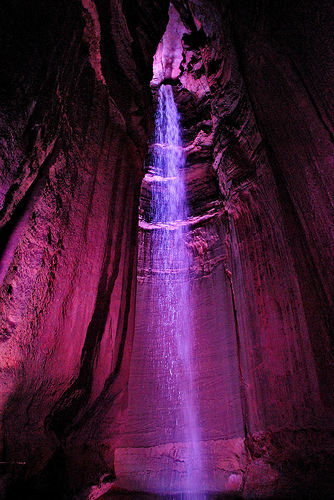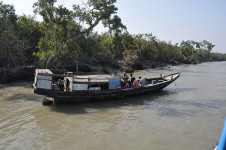
Large forests like Sundarbans are perfect places to hide.
- Sundarbans, in Asia, is the world’s biggest connected mangrove forest, and 40% of the forest is in India, while the other 60% can be found in Bangladesh.
- The area of Sundarbans sits in the Bay of Bengal and covers 10,000 square kilometres (3900 square kilometres).
- Four parts of Sundarbans are individually protected, as a National Park in India, and as a South, East and West Wildlife Sanctuary in Bangladesh, and the area as a whole, has been reserved since 1878.
- When translated from the Bengali term ‘Shundorbôn’, ‘Sundarbans’ has the meaning ‘beautiful forest’.
- Civilisations have lived among the Sundarbans since the third century, and the area was also a common hideout for criminals.
Part of the Sundarbans
Image courtesy of Marufish/Flickr
- Sundarbans is the home to hundreds of waterways that connect to nearly every part of the forest, allowing the vast majority of areas to be accessible by water transport.
- The UNESCO World Heritage Convention declared part of the Sundarbans as a World Heritage Site in 1997, and the area contains numerous threatened or endangered species.
- Sundarbans is the home to almost 50 species of mammals, including the Royal Bengal Tiger, nearly 60 reptile species, over 300 species of birds and more than 300 plant species.
- Up to 50 people suffer fatalities from tiger attacks in Sundarbans annually, although there has been active measures to reduce this number, including releasing livestock into the area, to provide an alternative meal for the tigers.
- In late 2014, an oil-liner sunk in the Sundarbans area, spilling 358,000 litres (95,000 gallons) of oil, and the spill further threatened already threatened species in the area.
Bibliography:
The Sundarbans, 2015, UNESCO World Heritage Convention, http://whc.unesco.org/en/list/798
Sundarbans, 2015, Wikipedia, http://en.wikipedia.org/wiki/Sundarbans





